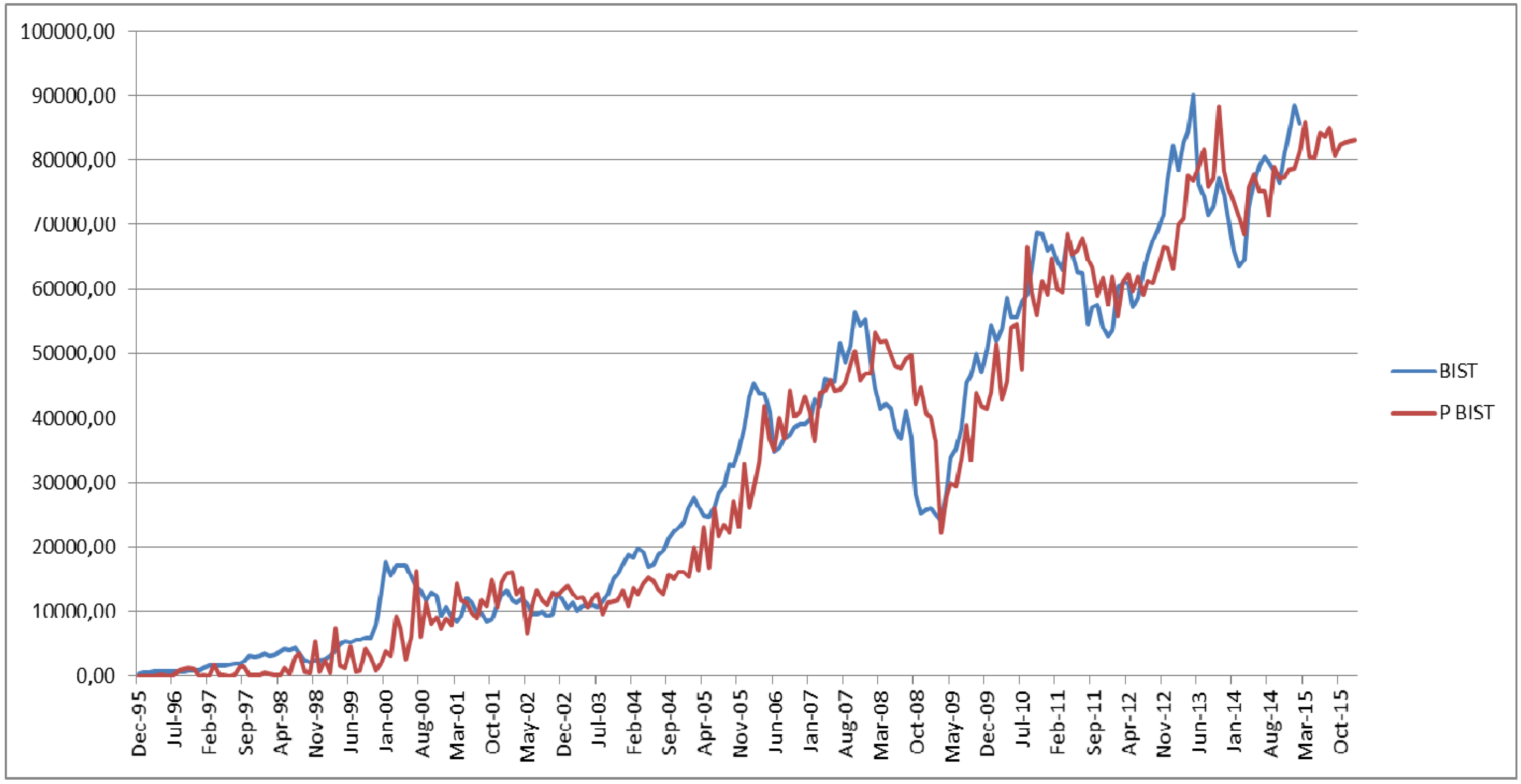Covid-19 Recession Will Be Worse Than Expected, Predicts ...
The COVID-19 pandemic will slow development for the next a number of years. There are other long-term patterns that also impact the economy. From severe weather to increasing health care costs and the federal debt, here's how all of these patterns will impact you. In simply a few months, the COVID-19 pandemic decimated the U.S.
In the first quarter of 2020, development declined by 5%. In the 2nd quarter, it dropped by 31. 4%, however then rebounded in the third quarter to 33. 4%. In April, during the height of the pandemic, retail sales dropped 16. 4% as guvs closed nonessential services. Furloughed employees sent the number of jobless to 23 million that month.
7 million. The Congressional Spending Plan Workplace (CBO) anticipates a modified U-shaped recovery. The Congressional Budget Workplace (CBO) forecasted the third-quarter information would enhance, but inadequate to offset earlier losses. The economy will not return to its pre-pandemic level up until the middle of 2022, the company projections. Unfortunately, the CBO was right.
4%, but it still was inadequate to recuperate the previous decrease in Q2. On Oct. 1, 2020, the U.S. debt went beyond $27 trillion. The COVID-19 pandemic contributed to the financial obligation with the CARES Act and lower tax revenues. The U.S. debt-to-gross domestic item ratio increased to 127% by the end of Q3that's much greater than the 77% tipping point advised by the International Monetary Fund.
3 Out Of 4 Economists Predict A U.s. Recession By 2021, Survey ...
Higher rates of interest would increase the interest payments on the debt. That's not likely as long as the U.S. economy remains in recession. The Federal Reserve will keep interest rates low to spur development. Disputes over how to lower the financial obligation might translate into a debt crisis if the debt ceiling requirements to be raised.
Social Security spends for itself, and Medicare partly does, a minimum of in the meantime. As Washington wrestles with the very best way to address the financial obligation, unpredictability arises over tax rates, advantages, and federal next financial crisis prediction programs. Businesses react to this unpredictability by hoarding money, hiring momentary rather of full-time workers, and postponing major financial investments.
It might cost the U.S. government as much as $112 billion annually, according to a report by the U.S. Government Responsibility Workplace (GAO). The Federal Reserve has actually alerted that environment modification threatens the financial system. Severe weather is requiring farms, utilities, and other companies to declare insolvency. As those borrowers go under, it will damage banks' balance sheets similar to subprime home mortgages did during the monetary crisis.
 The Global Financial Crisis ...sciencedirect.com
The Global Financial Crisis ...sciencedirect.com
Munich Re, the world's biggest reinsurance company, cautioned that insurance coverage companies will need to raise premiums to cover greater costs from severe weather. That could make insurance too pricey for many individuals. Over the next couple of years, temperature levels are anticipated to increase by between 2 and 4 degrees Fahrenheit. Warmer summers suggest more harmful wildfires.
Imf Slashes Global Gdp Forecasts, Warning Of An Economic ...
Higher temperature levels have even pushed the dry western Plains region 140 miles eastward. As an outcome, farmers used to growing corn will have to switch to hardier wheat. A shorter winter implies that lots of pests, such as the pine bark beetle, don't pass away off in the winter season. The U.S. Forest Service approximates that 100,000 beetle-infested trees could fall daily over the next ten years.
Droughts exterminate crops and raise beef, nut, and fruit prices. Millions of asthma and allergic reaction sufferers must spend for increased healthcare expenses. Longer summers extend the allergy season. In some areas, the pollen season is now 25 days longer than in 1995. Pollen counts are predicted to more than double between 2000 and 2040.